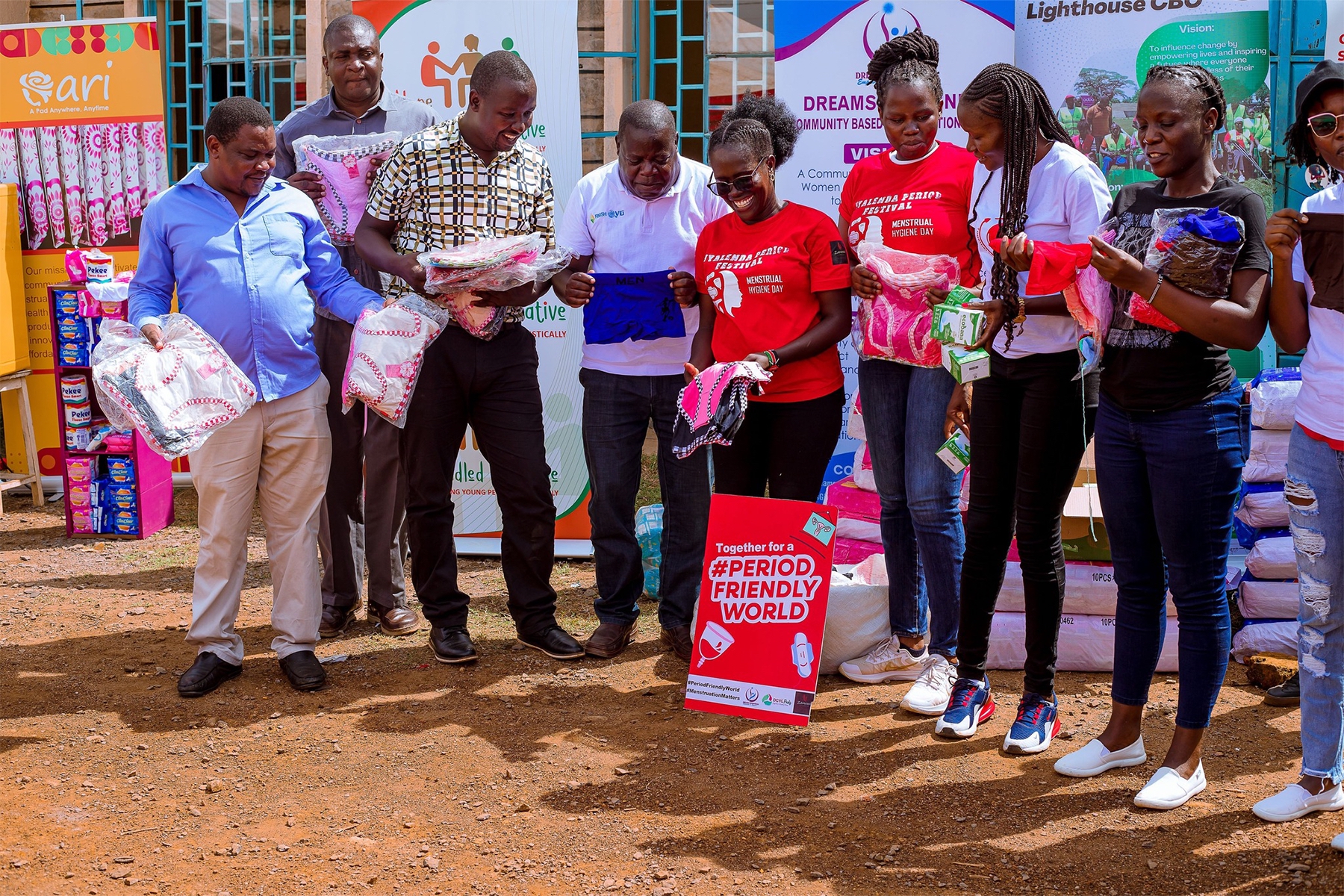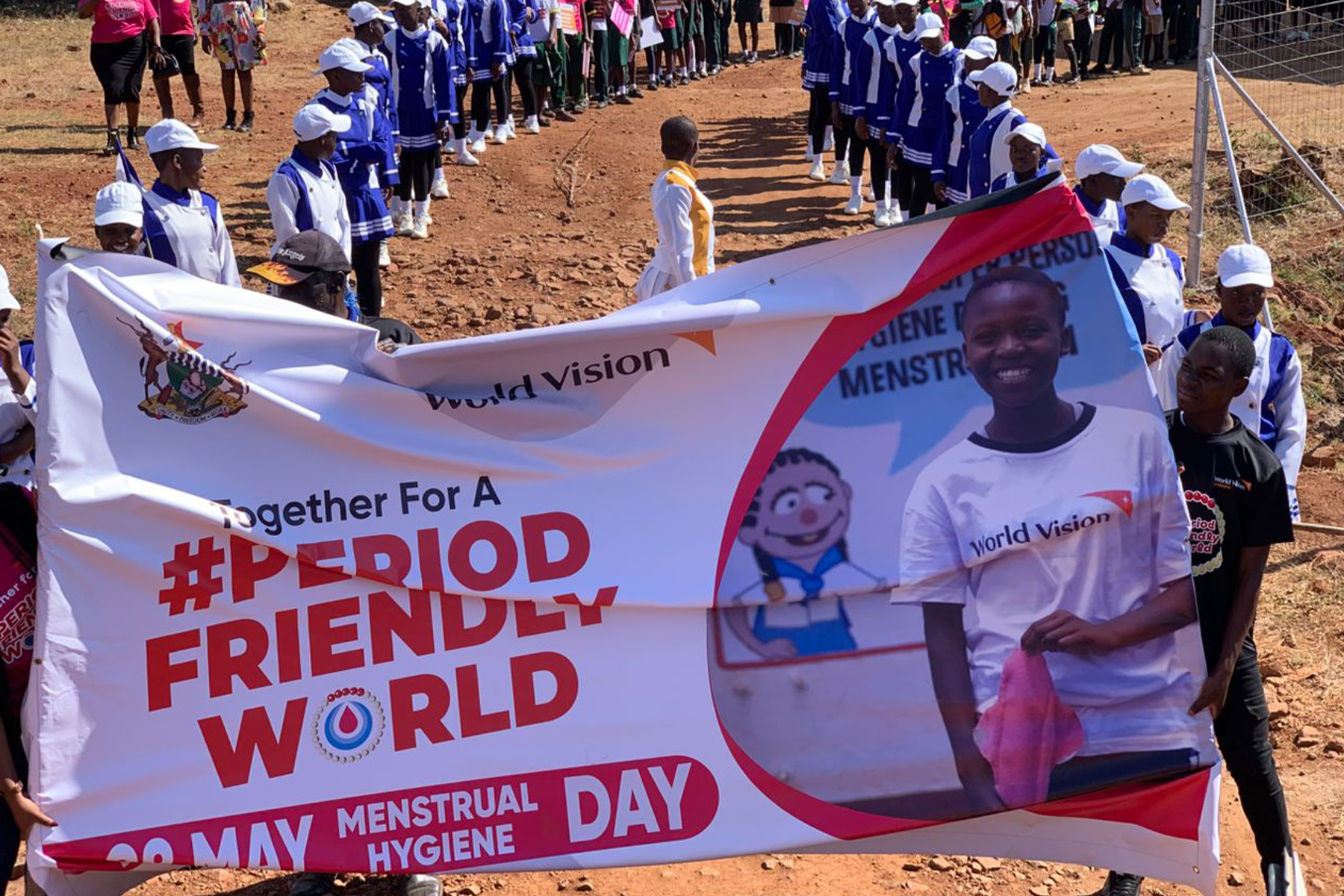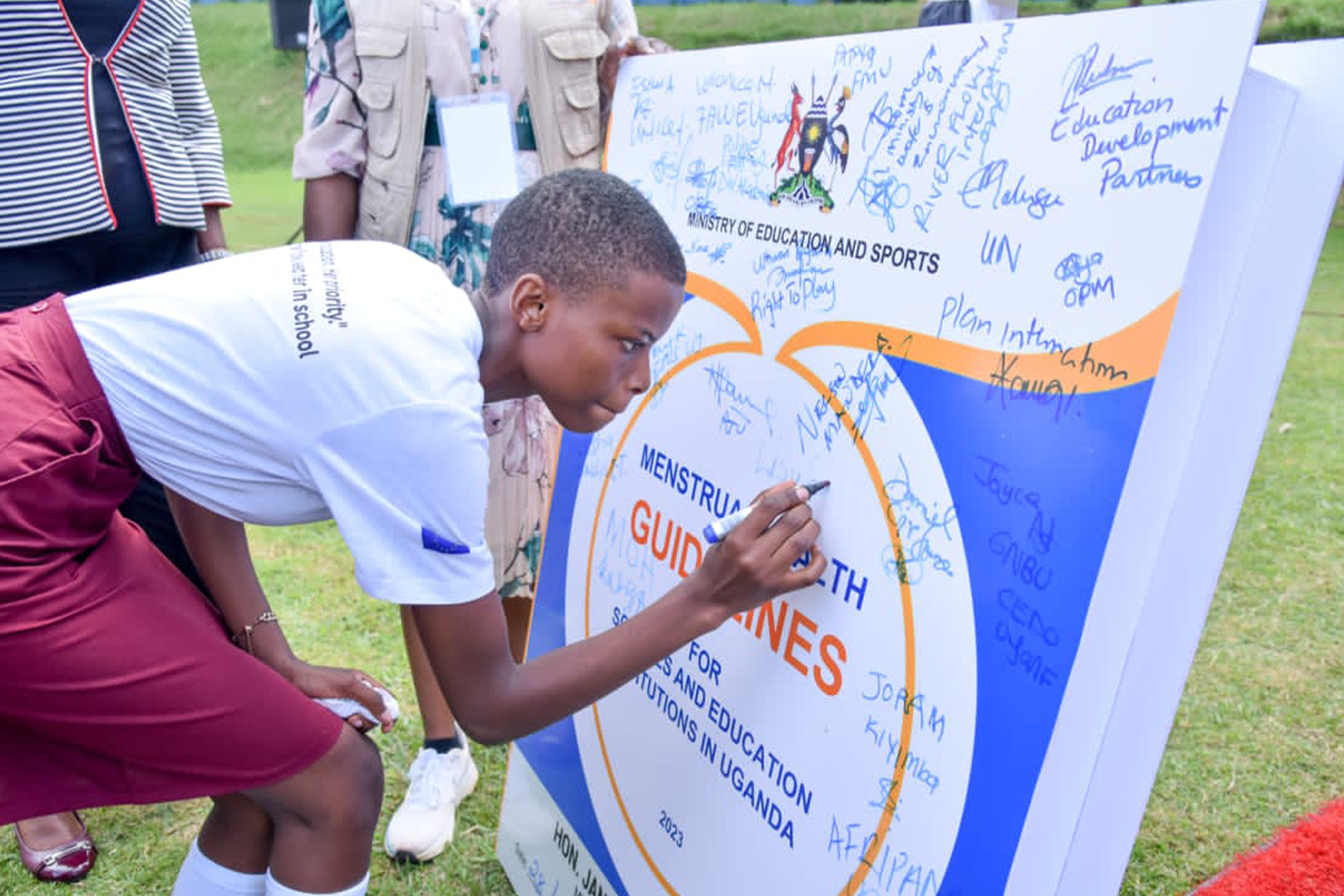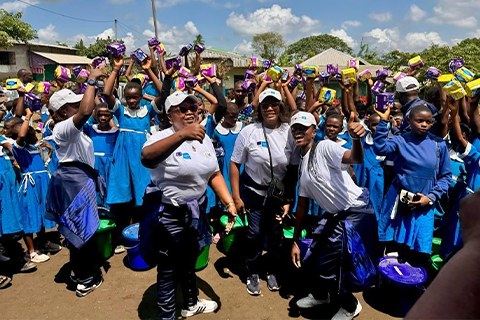Key takeaways
- In a time of growing political and financial challenges, collaboration is not just valuable – it is vital.
- Collaboration is one of the movement’s core strengths and makes us more resilient.
- This year, collaboration with political leadership became more visible.
<p id="a1"> </p>
<h2 class="heading-style-h4">A growing global movement</h2>
<p class="text-size-medium text-weight-semibold">In 2025, the MH Day movement reached a new milestone: 1,315 official partners, a 14% growth compared to last year. Each one is working toward a period-friendly world, and they all share one core belief: we go further when we work together. Collaboration isn’t new for MH Day, it’s what has shaped this movement from the start.</p>
<p class="text-size-regular">All over the world, MH Day partners and other active participants continue to demonstrate that coordinated action achieves more than isolated efforts ever could. From community-led initiatives to national coalitions, this shared spirit of working together has become the foundation of progress.</p>
<p id="a2"> </p>
<h2 class="heading-style-h4">Why collaboration makes us stronger</h2>
<p class="text-size-regular">The growth of the MH Day movement comes at a time when <span class="text-weight-semibold">global funding faces mounting pressure</span>. Economic and political challenges, as well as shifting donor priorities, have led to cuts across essential programmes, particularly in fields like gender, SRHR and humanitarian response, where the prioritisation remains fragile.</p>
<p class="text-size-regular">In this context, collaboration is not just valuable – <span class="text-weight-semibold">it is vital</span>. By pooling resources, sharing expertise, and aligning messages, organisations have been able to keep reaching millions despite tighter budgets. Collaboration ensures that every effort, every voice, and every action contributes to something bigger. It allows the movement to <span class="text-weight-semibold">do more with less</span>, maintaining visibility, innovation, and impact even in challenging times.</p>
<p class="text-size-regular">And it is precisely this <span class="text-weight-semibold">collective strength</span> that makes the MH Day movement resilient. Whether through coalitions, youth alliances, or cross-sector partnerships, each collaboration adds another layer of sustainability to the global effort to create a #PeriodFriendlyWorld.</p>
<p id="a3"> </p>
<h2 class="heading-style-h4">Collaboration in action</h2>
<p class="text-size-regular">With the broad view we have on global MH Day activities, we’re regularly in awe of the sheer creativity, energy, and variety of actions that so many actors all over the world pull off every year. Collaboration can take many forms and around MH Day a wide array of these are visible all over the globe.</p>
<p class="text-size-regular">Let us guide you through a few examples – oh, and what a hard choice this was! We can’t possibly showcase even a fraction of what’s happening, so here’s a huge shout-out to everyone who teamed up to make more noise for menstrual health and hygiene.</p>
<p class="text-size-regular"><span class="text-weight-semibold">Government & civil society collaboration</span> stood out as a powerful driver of change. One example took place in India, where AAINA worked with the Odisha MHH Alliance and the Department of Women & Child Development, Government of Odisha, to lead MH Day celebrations. Together, they launched the “Rest Without Stigma” report on period leave and introduced the “Periods Friendly City” campaign – a milestone for policy advocacy and public awareness.</p>

<p class="text-size-regular">Similarly, in St Kitts and Nevis, the Department of Gender Affairs, UNICEF, and Lake Health & Wellbeing teamed up to deliver education sessions for girls, showing how multi-stakeholder cooperation can spark national attention.</p>

<p class="text-size-regular">Community-led collaboration continued to thrive. In Kenya, Dreams Redefined brought together schools, parents, health providers, and male champions for the Nyalenda Period Festival – a celebration of shared ownership and action at the grassroots level.</p>


<p class="text-size-regular"><span class="text-weight-semibold">Private sector collaboration</span> also grew stronger. In Latin America, Softys and its brand Ladysoft partnered with local illustrators and influencers to break menstrual taboos on social media, driving record regional engagement.</p>

<p class="text-size-regular">And finally, <span class="text-weight-semibold">cross-sector collaboration</span> reached continental scale. CouldYou? Cup coordinated more than 20 MH Day events in 15 African countries with over 40 partner organisations, uniting NGOs, businesses, and communities under one shared message: everyone deserves access to menstrual health and hygiene.</p>

<p id="a4"> </p>
<h2 class="heading-style-h4">When collaboration reaches political leadership</h2>
<p class="text-size-regular">Another encouraging shift this year was the shift from behind-the-scenes to <span class="text-weight-semibold">visible political engagement</span>. This year, ministers, governors, and even heads of state publicly endorsed menstrual health and hygiene as a national priority, lending their voices, platforms, and presence to MH Day campaigns.</p>

<p class="text-size-regular">Their participation did not only attract headlines; it signalled political will at a time when MHH is facing serious setbacks. When decision-makers stand alongside civil society, it sends a clear message: MHH is not a side issue. Mainstream and regional [media] amplified these endorsements, giving national MH Day campaigns unprecedented reach and legitimacy.</p>
<p id="a5"> </p>
<h2 class="heading-style-h4">Join the movement</h2>
<p class="text-size-regular">The growth in the number of MH Day partners shows that more and more organisations stand behind the movement and recognize the power of partnerships. And every partner – big or small, local or global – contributes to a shared vision: a #PeriodFriendlyWorld.</p>
<p class="text-size-regular">If your organisation believes in this vision and wants to be part of a movement built on collaboration, <span class="text-weight-semibold">become an MH Day partner</span>. Together, we can keep the momentum going and make menstrual health and hygiene a global priority, every day of the year.</p>




